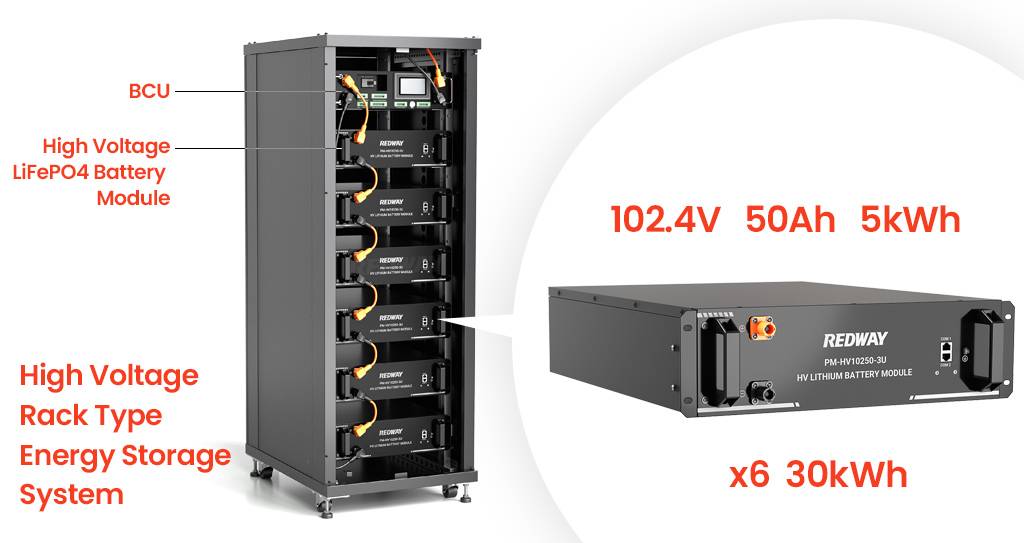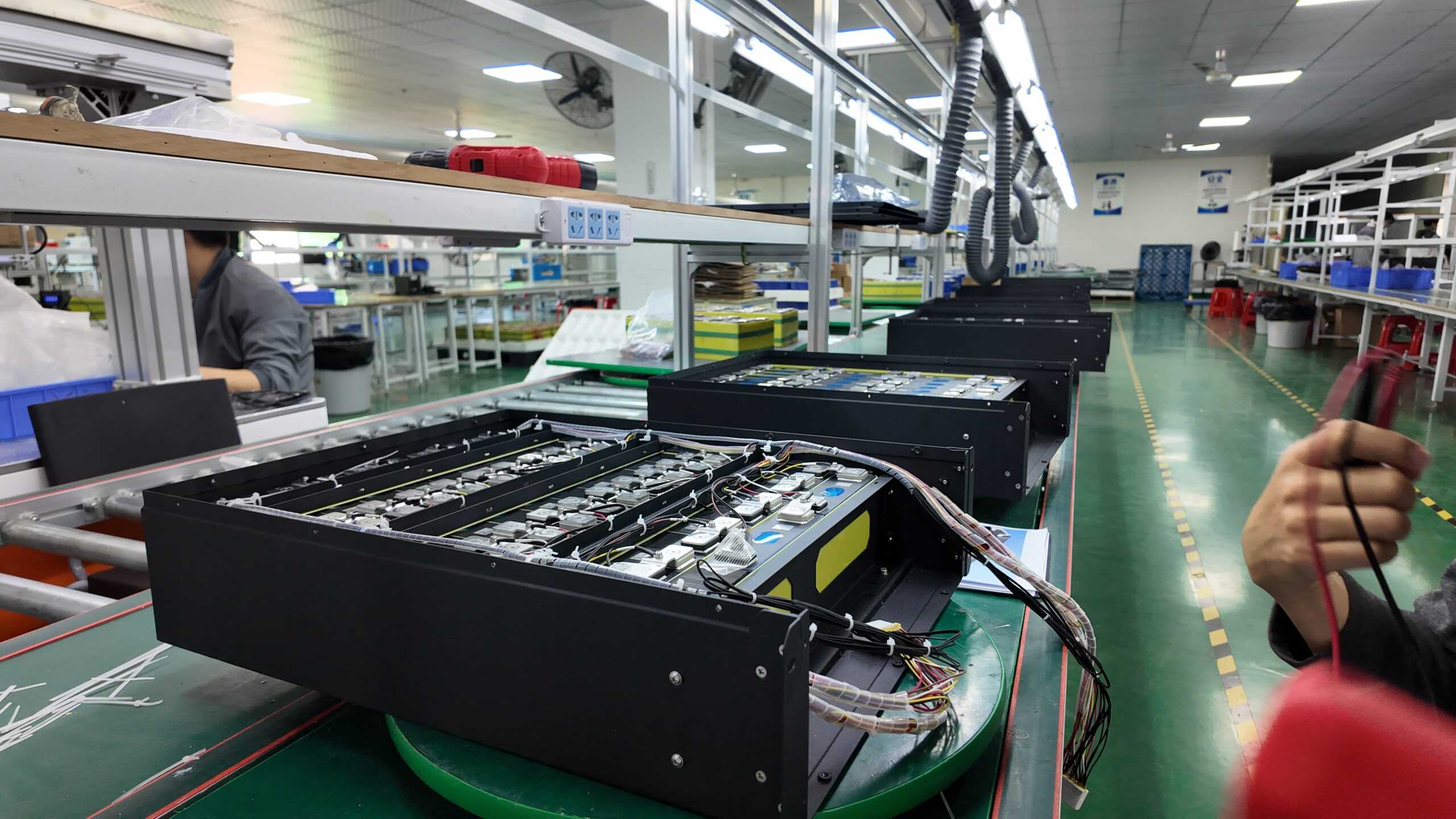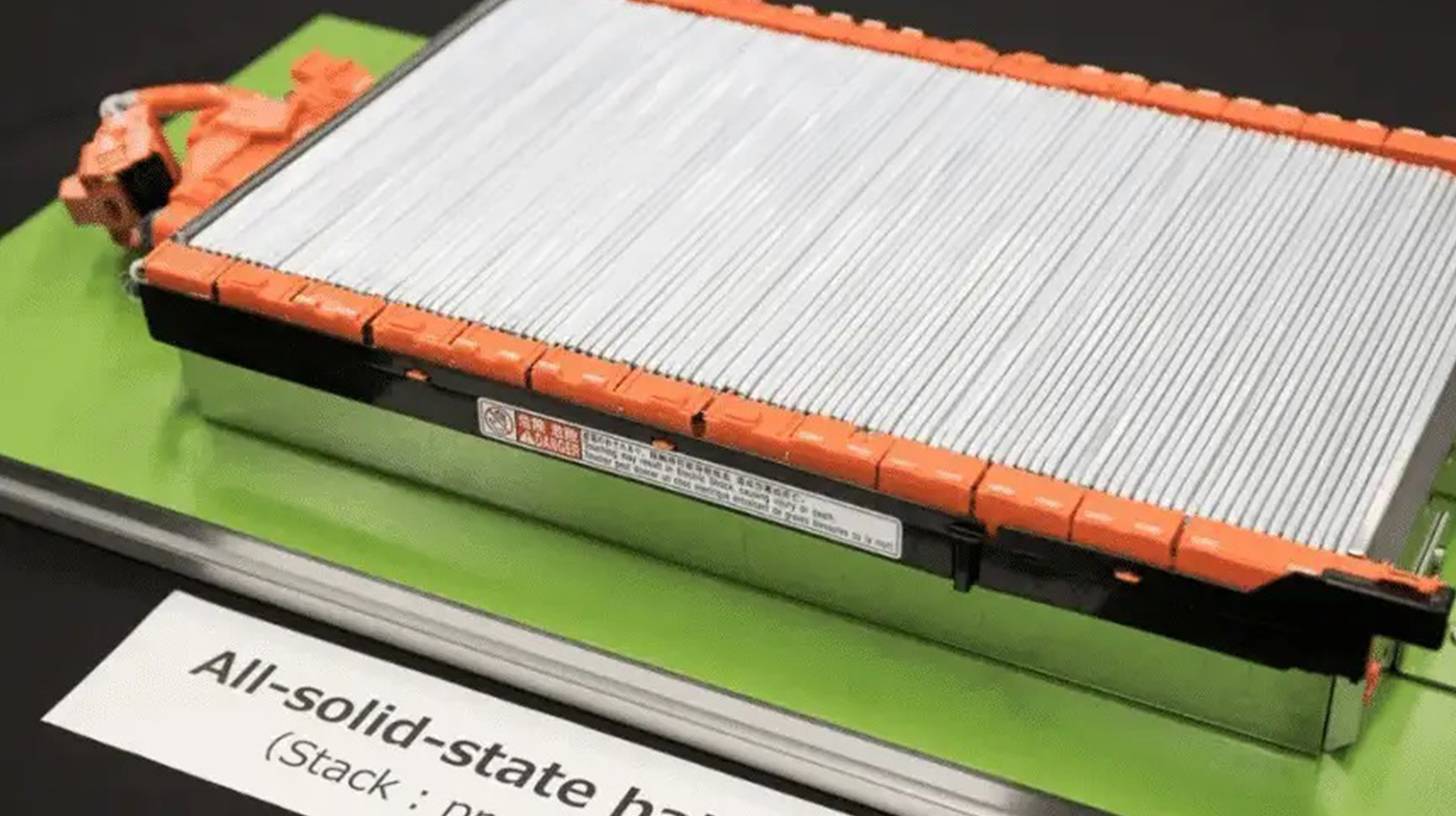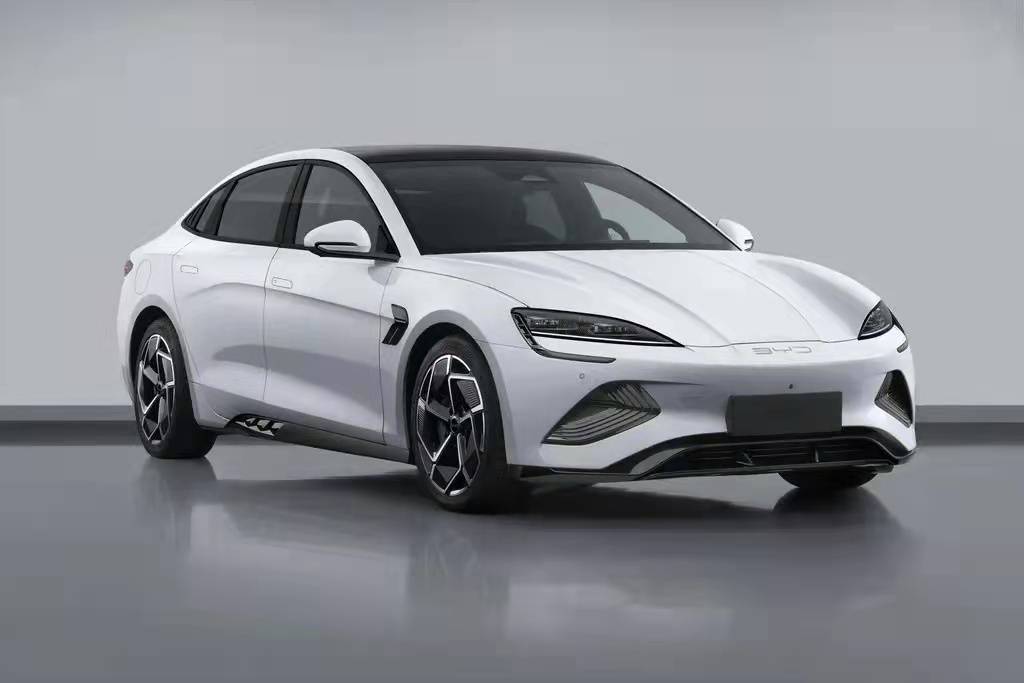Energy Storage Technologies: Revolutionizing the Future of Renewable Energy
Energy storage technologies, crucial for renewable energy’s future, improve grid stability, enhance resource use, and offer cost savings. They include battery storage, pumped hydroelectric, flywheel, compressed air, and thermal storage. Advances in AI, nanotechnology, and hybrid systems are leading to more efficient and sustainable solutions, ensuring a resilient, renewable-powered grid.

Benefits of Using Energy Storage Systems for Renewable Energy
Renewable energy from sources like solar and wind power is clean and sustainable but faces challenges due to intermittent generation. Energy storage systems offer a solution by storing excess energy during peak production for use during low or no generation periods. Let’s explore the benefits of using these systems.
- Grid Reliability and Stability:
- Energy storage systems enhance grid reliability by balancing fluctuations in demand. Stored electricity can be injected back into the grid during peak times, ensuring a steady power supply.
- Resource Optimization:
- Integrating storage with renewable sources maximizes resource utilization. Excess electricity during low-demand periods is stored, increasing overall efficiency and value derived from renewable resources.
- Cost Savings:
- Energy storage allows users to benefit from time-of-use pricing models. Storing cheap electricity during off-peak hours reduces reliance on expensive peak-hour electricity, leading to cost savings.
- Environmental Impact:
- Reduced dependence on backup power from fossil fuel-based plants decreases greenhouse gas emissions, contributing to climate change mitigation.
- Resilience Against Power Outages:
- Energy storage systems provide resilience during extreme weather events. Stored energy serves as backup power, offering reliability in situations like hurricanes or wildfires.
Types of Energy Storage Technologies
Various energy storage technologies are shaping the future of renewable energy, ensuring a reliable and efficient balance between supply and demand. Let’s explore some key types of these technologies.
- Battery Storage:
- Versatile and popular, batteries store large amounts of energy for homes, businesses, and electric vehicles, offering a convenient solution for excess electricity from renewables.
- Pumped Hydroelectric Storage:
- Using surplus electricity, this method pumps water uphill during low-demand periods. The stored water is released downhill through turbines during high demand or when renewables fall short.
- Flywheel Energy Storage:
- Storing kinetic energy in spinning flywheels, this technology provides fast response times for grid stabilization and helps maintain frequency stability.
- Compressed Air Energy Storage (CAES):
- Utilizing compressed air stored in underground caverns or tanks during low-demand, CAES releases the air to drive turbines during increased electricity demand or insufficient renewables.
- Thermal Energy Storage:
- Instead of storing electrical power directly, this technology stores heat using materials like molten salts. It captures excess heat from renewables for later use.
Conclusion: Advancements in these energy storage technologies are driving the widespread adoption of renewables while enhancing overall grid stability and reliability.
Battery Storage: The Most Popular Option

When it comes to energy storage, one option stands out as the most popular and versatile: battery storage. Let’s explore the key reasons behind its popularity.
- Reliable Backup Power:
- Batteries ensure a continuous energy supply during periods when renewable sources are not generating electricity, providing reliability even in non-optimal conditions.
- Grid Balancing:
- Battery storage helps balance the grid by storing excess energy from renewables and releasing it during peak demand, reducing reliance on fossil fuel-based power plants.
- Scalability:
- Whether for a small residence or a large industrial complex, batteries offer scalability, customizable to meet specific energy requirements for various applications.
- Technological Advancements:
- Ongoing research has led to improved battery efficiency and longer lifespans, with technologies like lithium-ion batteries offering high energy density and fast-charging capabilities.
- Cost Reductions:
- Significant cost reductions in battery storage systems make them more accessible, thanks to economies of scale and improved manufacturing processes.
Conclusion: With continuous research and development efforts focused on performance improvement and cost reduction, battery storage remains at the forefront, revolutionizing the future of renewable energy.
Pumped Hydroelectric Storage: A Reliable and Established Technology
Pumped hydroelectric storage is a well-established technology with decades of reliable use for electricity storage and generation. Let’s explore its key features that make it a vital player in our pursuit of sustainable energy solutions.
- Large-Scale and Long-Duration Storage:
- Unlike some battery systems, pumped hydro can store vast amounts of energy over extended periods, making it ideal for balancing intermittent renewable sources like solar and wind power.
- Excellent Efficiency and Long Lifespan:
- Pumped hydroelectric storage boasts a high round-trip efficiency, converting potential energy to electrical energy with minimal losses. It also has a relatively long lifespan with minimal degradation over time.
- Scalability:
- A versatile solution, pumped hydroelectric storage can be implemented on both small and large scales, adapting to the specific needs of regions or grid systems.
Conclusion: With proven reliability, scalability, and longevity, pumped hydroelectric storage remains a crucial component in transforming our power grids towards sustainability and efficient renewable energy solutions.
Flywheel Energy Storage: A High-Speed Alternative
Flywheel energy storage is an emerging and high-speed alternative in the realm of energy storage technologies. Let’s explore the key features that make flywheels stand out in providing rapid bursts of power.
- Fast Response Time:
- Unlike traditional batteries, flywheels respond almost instantaneously to fluctuations in demand or supply, making them ideal for applications requiring quick bursts of power.
- Long Lifespan and Low Maintenance:
- Flywheels have a long lifespan and can endure frequent charging and discharging cycles without significant degradation. With minimal environmental impact and no need for regular maintenance, they offer a sustainable solution.
- Environmentally Friendly:
- Unlike traditional batteries, flywheels don’t involve chemicals, presenting minimal environmental impact. This, coupled with the absence of component replacements, contributes to a cleaner and more sustainable energy storage option.
Conclusion: Flywheel energy storage, with its unique advantages and ongoing research for efficiency improvement, holds promise as a high-speed alternative in powering future renewable energy systems.
Compressed Air Energy Storage: Harnessing the Power of Pressure
Compressed Air Energy Storage (CAES) is a captivating technology that utilizes pressure to store and release energy, contributing to the stability of the grid. Let’s explore the key features that make CAES an effective means of large-scale renewable energy storage.
- Extended Duration Storage:
- CAES systems can store significant amounts of compressed air for weeks or even months, offering an advantage over batteries with limited capacity.
- Long Lifespan and Cost-Effectiveness:
- With a relatively long lifespan and lower operating costs, CAES provides an attractive option for long-term energy storage solutions compared to other technologies like batteries.
- Challenges and Ongoing Development:
- Challenges such as finding suitable locations for underground caverns and optimizing efficiency are being addressed through ongoing research. Innovations like advanced heat exchange systems and hybrid configurations show promise in enhancing CAES efficiency and performance.
Conclusion: Compressed Air Energy Storage holds great potential in revolutionizing our reliance on renewable sources, offering a cost-effective and large-scale solution for storing clean and reliable energy. Ongoing research and development efforts aim to address challenges and further enhance the efficiency of this fascinating technology.
Thermal Energy Storage: Storing Heat for Later Use
Thermal energy storage is a powerful but less-known technology that stores excess heat from renewable sources for later use. This innovation ensures a steady energy supply even when weather conditions impact solar or wind power generation. Let’s explore the key aspects that make thermal energy storage effective.
- Efficient Heat Storage Methods:
- Using mediums like molten salt or phase change materials, thermal energy storage efficiently captures and stores surplus heat for extended periods, ensuring consistent energy availability.
- Diverse Applications and Benefits:
- Thermal energy storage improves renewable energy system efficiency by utilizing excess heat, reducing waste. It provides flexibility in meeting varying demands in industries like agriculture and manufacturing, while also converting waste heat into useful energy, decreasing reliance on fossil fuels.
- Ongoing Advancements and Future Potential:
- Ongoing research aims to enhance thermal storage systems by exploring novel materials and integrating them with smart grid systems. These efforts focus on improving efficiency, capacity, and affordability, paving the way for thermal energy storage to play a pivotal role in our sustainable energy future.
Conclusion: Thermal energy storage holds significant promise in revolutionizing how we harness renewable resources effectively, contributing to reduced carbon footprints. With continuous advancements, it is poised to become a key player in our journey towards a more sustainable and efficient energy landscape.
Advancements and Innovations in Energy Storage
As the demand for renewable energy rises, researchers are driving advancements in energy storage technologies. Let’s explore key innovations shaping the future of efficient and effective energy storage.
- Advanced Battery Technologies:
- Scientists are enhancing battery performance with new materials and designs, improving energy density, charging speed, and overall lifespan. This translates to more reliable and long-lasting energy storage solutions.
- AI Integration:
- The integration of artificial intelligence (AI) into energy storage systems optimizes performance by analyzing data on weather, electricity prices, and usage patterns. AI-powered solutions intelligently manage when to charge or discharge energy, predicting demand fluctuations accurately.
- Nanotechnology and Large-Scale Grid Storage:
- Nanotechnology is explored for faster charging rates and improved thermal stability in storage technologies. Additionally, large-scale grid-level storage systems, including flow batteries and liquid air energy storage (LAES), offer cost-effective, long-duration storage compared to traditional lithium-ion batteries.
- Hybrid Approaches:
- Researchers are exploring hybrid approaches that combine multiple storage technologies for greater flexibility and reliability. These combinations further enhance the efficiency of energy storage systems.
Conclusion: Rapid technological advancements, combined with supportive government policies, are steering us toward a future dominated by clean and renewable energies. From harnessing solar power during peak hours to storing wind-generated electricity in high-speed flywheels overnight, the possibilities for a sustainable power grid system seem endless.










